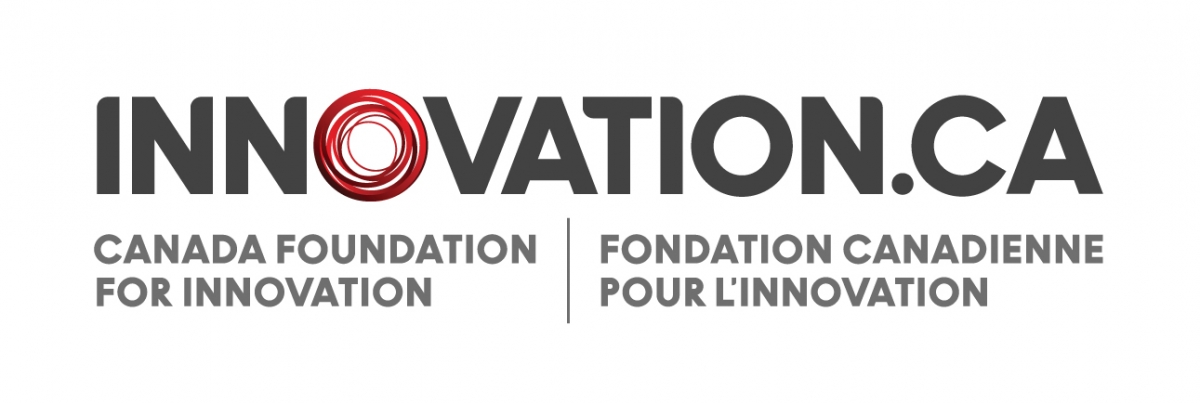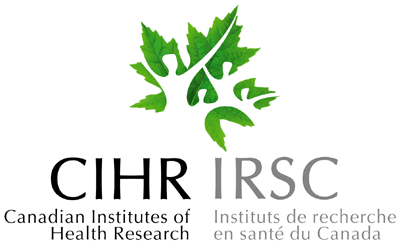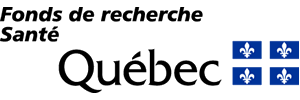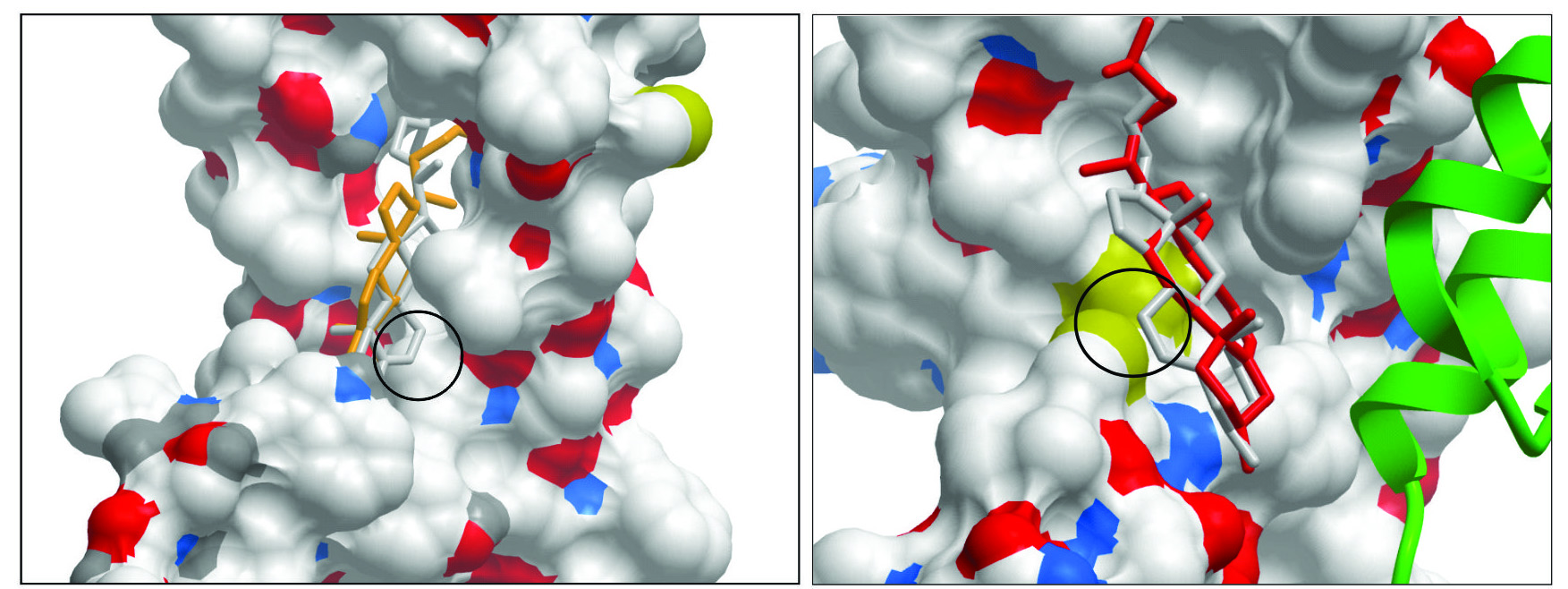Lipid Regulation of Ion Channels

The lipid landscapes of cellular membranes are complex and dynamic, tissue dependent, and can change with the age and the development of a variety of diseases, including cardiac arrhythmias, epilepsy, and diabetes. Changes in the electrical activity of ion channels are also observed during the development of these diseases. We are now gaining new appreciation for the regulation of ion channels by the lipids that form the membranes in which they are embedded. Our lab is interested in uncovering the molecular details of lipid regulation in a variety of ion channel families, including inward rectifier K+ (Kir) channels, voltage-gated K+ (Kv) channels, voltage-gated Na+ (Nav) channels, and hyperpolarization activated cyclic-nucleotide gated (HCN) channels.
Cannabinoid Regulation of Ion Channels

Cannabinoids are a special class of lipids that are expressed in exogenously in plants (phytocannabinoids), endogenesly in mammals (endocannabinoids), or synthetically (synthetic cannabinoids). While these molecules are known to activate cannabinoid receptors (CBRs), playing important roles in pain management, treatment for anxiety and depression, sleep regulation, etc.; more and more evidence indicates they can regulate ion channel function independently of CBRs either through changes in the lipid bilayer properties, or through direct interactions with the proteins. We are interested in assessing the effects of cannabinoids on inward rectifier potassium (Kir) channels and hyperpolarization activated cyclic-nucleotide gated (HCN) channels.
The Biophysics of HCN Channel Function
Hyperpolarization activated cyclic-nucleotide gated (HCN) channels generate cardiac and neuronal Ih currents. They are critical for a sustained rhythmic heartbeat and enable cells to respond to parasympathetic and sympathetic stimulation via binding of cAMP. Altered Ih causes sinus node dysfunction, atrioventricular block, Brugada Syndrome, ventricular arrhythmias, epilepsy, neuropathic pain and sudden death. Using electrophysiological, biochemical, biophysical and computational approaches, our lab is interested in understanding how these channels sense membrane voltage and how this voltage-sensing is regulated by other proteins. We are also interested in understanding the molecular basis of diseases genetically linked to mutations in HCN channels and their regulatory proteins.
Drug Binding to HCN Channels
The important role of hyperpolarization activated cyclic-nucleotide gated (HCN) channels in cardiac and neuronal Ih currents, makes them intriguing new targets for therapeutic molecules to address heart rhythm and neurological disorders, including epilepsy, pain, anxiety, major mood disorders, and more. Some projects in our lab focus on identifying HCN channels as targets for certain therapeutic and recreational drugs, and assessing the molecular details of how these molecules interact with HCN channels.
Techniques Used in the Lab
Our lab takes a multidisciplinary approach to answer our research questions. The techniques we use include:
- Patch-clamp
- Lipid-bilayer recordings
- Membrane protein purification
- Radiotracer and fluorescence based flux assays
- Docking calculations
- Molecular dynamics simulations
- X-ray crystallography
- Small-angle X-ray scattering (SAXS)
- Voltage-clamp fluorometry (collaboration with Dr. Rikard Blunck)
- Single-molecule fluorescence (collaboration with Dr. Rikard Blunck)
Join our Research Group
 If you are interested in joining our team, please click here.
If you are interested in joining our team, please click here.
Funding
Projects in the D'Avanzo lab have been funded through the generous support of:








